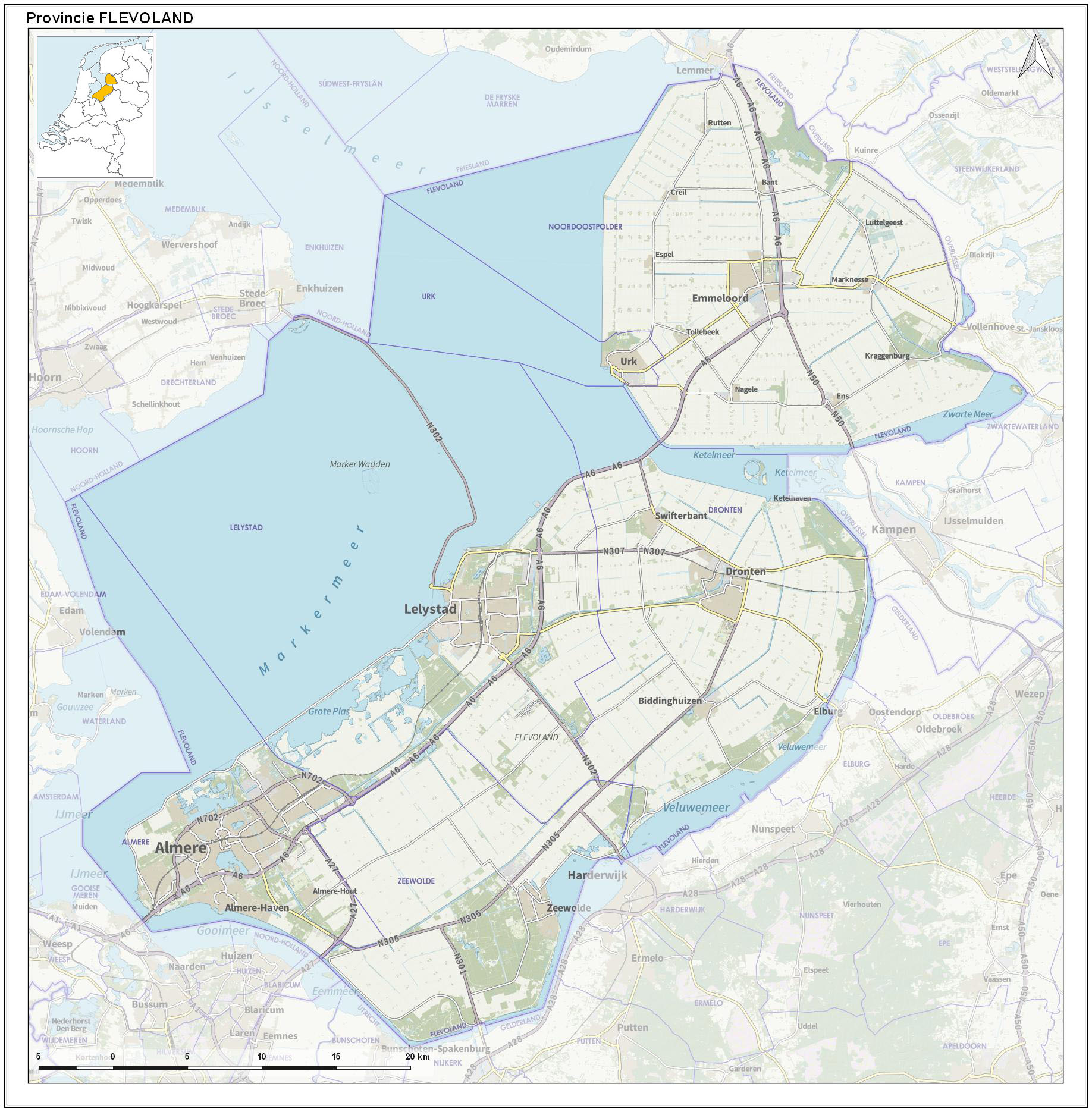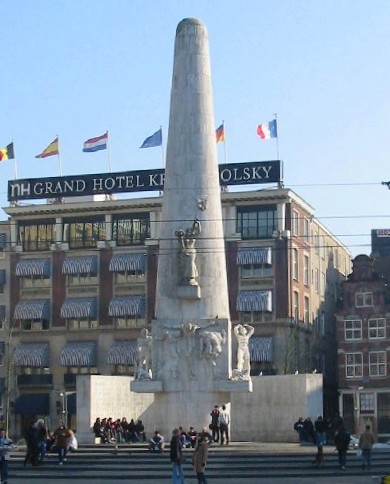|
National Monument (Amsterdam)
The National Monument on Dam Square (Dutch: ''Nationaal Monument op de Dam'') is a 1956 cenotaph in Amsterdam, Netherlands. A national Remembrance of the Dead ceremony is held at the monument every year on 4 May to commemorate the casualties of World War II and subsequent armed conflicts."Amsterdam, Nationaal Monument op de Dam" (Dutch)."Nationaal Monument op de Dam", Buiten ... [...More Info...] [...Related Items...] OR: [Wikipedia] [Google] [Baidu] |
Dam Square
Dam Square or the Dam () is a town square in Amsterdam, the capital of the Netherlands. Its notable buildings and frequent events make it one of the best-known and most important locations in the city and the country. Location and description Dam Square lies in the historical center of Amsterdam, approximately south of the main transportation hub, Centraal Station, at the original location of the dam in the river Amstel. It is roughly rectangular in shape, stretching about from west to east and about from north to south. It links the streets Damrak and Rokin, which run along the original course of the Amstel River from Centraal Station to Muntplein (Mint Square) and the Munttoren (Mint Tower). The Dam also marks the endpoint of the other well-traveled streets Nieuwendijk, Kalverstraat and Damstraat. A short distance beyond the northeast corner lies the main Red-light district: De Wallen. On the west end of the square is the neoclassical Royal Palace, which served as the c ... [...More Info...] [...Related Items...] OR: [Wikipedia] [Google] [Baidu] |
Hippie
A hippie, also spelled hippy, especially in British English, is someone associated with the counterculture of the 1960s, originally a youth movement that began in the United States during the mid-1960s and spread to different countries around the world. The word '' hippie'' came from '' hipster'' and was used to describe beatniks who moved into New York City's Greenwich Village, in San Francisco's Haight-Ashbury district, and Chicago's Old Town community. The term ''hippie'' was used in print by San Francisco writer Michael Fallon, helping popularize use of the term in the media, although the tag was seen elsewhere earlier. The origins of the terms ''hip'' and ''hep'' are uncertain. By the 1940s, both had become part of African American jive slang and meant "sophisticated; currently fashionable; fully up-to-date". The Beats adopted the term ''hip'', and early hippies inherited the language and countercultural values of the Beat Generation. Hippies created their own communit ... [...More Info...] [...Related Items...] OR: [Wikipedia] [Google] [Baidu] |
World War II Memorials In The Netherlands
In its most general sense, the term "world" refers to the totality of entities, to the whole of reality or to everything that is. The nature of the world has been conceptualized differently in different fields. Some conceptions see the world as unique while others talk of a "plurality of worlds". Some treat the world as one simple object while others analyze the world as a complex made up of many parts. In ''scientific cosmology'' the world or universe is commonly defined as " e totality of all space and time; all that is, has been, and will be". '' Theories of modality'', on the other hand, talk of possible worlds as complete and consistent ways how things could have been. '' Phenomenology'', starting from the horizon of co-given objects present in the periphery of every experience, defines the world as the biggest horizon or the "horizon of all horizons". In ''philosophy of mind'', the world is commonly contrasted with the mind as that which is represented by the mind. ''T ... [...More Info...] [...Related Items...] OR: [Wikipedia] [Google] [Baidu] |
Rijksmonuments In Amsterdam
A rijksmonument (, ) is a national heritage site of the Netherlands, listed by the agency Rijksdienst voor het Cultureel Erfgoed (RCE) acting for the Dutch Ministry of Education, Culture and Science. At the end of February 2015, the Netherlands had 61,822 listed national heritage sites, of which approximately 1,500 are listed as archaeological sites. History and criteria Until 2012, a place had to be over 50 years old to be eligible for designation. This criterion expired on 1 January 2012. The current legislation governing the monuments is the ''Monumentenwet van 1988'' ("Monument Law of 1988"). The organization responsible for caring for the monuments, which used to be called ''Monumentenzorg'', was recently renamed, and is now called Rijksdienst voor het Cultureel Erfgoed. In June 2009, the Court of The Hague decided that individual purchasers of buildings that were listed as rijksmonuments would be exempt from paying transfer tax, effective from 1 May 2009. Previously thi ... [...More Info...] [...Related Items...] OR: [Wikipedia] [Google] [Baidu] |
World War II Memorials And Cemeteries In The Netherlands
In its most general sense, the term "world" refers to the totality of entities, to the whole of reality or to everything that is. The nature of the world has been conceptualized differently in different fields. Some conceptions see the world as unique while others talk of a "plurality of worlds". Some treat the world as one simple object while others analyze the world as a complex made up of many parts. In ''scientific cosmology'' the world or universe is commonly defined as " e totality of all space and time; all that is, has been, and will be". '' Theories of modality'', on the other hand, talk of possible worlds as complete and consistent ways how things could have been. ''Phenomenology'', starting from the horizon of co-given objects present in the periphery of every experience, defines the world as the biggest horizon or the "horizon of all horizons". In ''philosophy of mind'', the world is commonly contrasted with the mind as that which is represented by the mind. ''Th ... [...More Info...] [...Related Items...] OR: [Wikipedia] [Google] [Baidu] |
Adriaan Roland Holst
Adriaan Roland Holst (Amsterdam, 23 May 1888 – Bergen, North Holland, 5 August 1976) was a Dutch writer, nicknamed the "Prince of Dutch Poets". He was the second winner, in 1948, of the Constantijn Huygens Prize. He was nominated for the Nobel Prize in Literature. Holst was the nephew of painter Richard Roland Holst and writer Henriette Roland Holst. His extensive oeuvre is characterized by its own solemn style and rich symbolism. Family The artist Richard Roland Holst was a brother of his father and his wife Henriette Roland Holst-van der Schalk, the poet, writer and socialist was his aunt. Adriaan Roland Holst was called 'Jany' by friends and family. Throughout their lives all three kept in close contact.This is evident from: * A. Roland Holst: ''Briefwisseling met Richard en Henriette Roland Holst''. De Arbeiderspers, Amsterdam 1990. * A. Roland Holst: ''In den verleden tijd, herinneringen aan Lodewijk van Deyssel e.a.''. Boelen, Amsterdam 1975.Here e.g. p. 22-24, ... [...More Info...] [...Related Items...] OR: [Wikipedia] [Google] [Baidu] |
Flevoland
Flevoland () is the twelfth and youngest province of the Netherlands, established in 1986, when the southern and eastern Flevopolders, together with the Noordoostpolder, were merged into one provincial entity. It is in the centre of the country in the former Zuiderzee, which was turned into the freshwater IJsselmeer by the closure of the Afsluitdijk in 1932. Almost all of the land belonging to Flevoland was reclaimed in the 1950s and 1960s while splitting the Markermeer and Bordering lakes from the IJsselmeer. As to dry land, it is the smallest province of the Netherlands at , but not gross land as that includes much of the waters of the fresh water lakes (meres) mentioned. The province has a population of 423,021 as of January 2020 and consists of six municipalities. Its capital is Lelystad and its most populous city is Almere, which forms part of the Randstad and has grown to become the seventh largest city of the country. Flevoland is bordered in the extreme north by Fries ... [...More Info...] [...Related Items...] OR: [Wikipedia] [Google] [Baidu] |
Intelligentsia
The intelligentsia is a status class composed of the university-educated people of a society who engage in the complex mental labours by which they critique, shape, and lead in the politics, policies, and culture of their society; as such, the intelligentsia consists of scholars, academics, teachers, journalists, and literary writers. Conceptually, the intelligentsia status class arose in the late 18th century, during the Partitions of Poland (1772–1795). Etymologically, the 19th-century Polish intellectual Bronisław Trentowski coined the term ''inteligencja'' (intellectuals) to identify and describe the university-educated and professionally active social stratum of the patriotic bourgeoisie; men and women whose intellectualism would provide moral and political leadership to Poland in opposing the cultural hegemony of the Russian Empire. In pre–Revolutionary (1917) Russia, the term ''intelligentsiya'' (russian: интеллигенция) identified and described the s ... [...More Info...] [...Related Items...] OR: [Wikipedia] [Google] [Baidu] |
Travertine
Travertine ( ) is a form of terrestrial limestone deposited around mineral springs, especially hot springs. It often has a fibrous or concentric appearance and exists in white, tan, cream-colored, and even rusty varieties. It is formed by a process of rapid precipitation of calcium carbonate, often at the mouth of a hot spring or in a limestone cave. In the latter, it can form stalactites, stalagmites, and other speleothems. It is frequently used in Italy and elsewhere as a building material. Similar (but softer and extremely porous) deposits formed from ambient-temperature water are known as tufa. Definition Travertine is a sedimentary rock formed by the chemical precipitation of calcium carbonate minerals from fresh water, typically in springs, rivers, and lakes; that is, from surface and ground waters. In the broadest sense, travertine includes deposits in both hot and cold springs, including the porous, spongy rock known as tufa, and also the cave features known as speleot ... [...More Info...] [...Related Items...] OR: [Wikipedia] [Google] [Baidu] |
Relief
Relief is a sculptural method in which the sculpted pieces are bonded to a solid background of the same material. The term ''relief'' is from the Latin verb ''relevo'', to raise. To create a sculpture in relief is to give the impression that the sculpted material has been raised above the background plane. When a relief is carved into a flat surface of stone (relief sculpture) or wood (relief carving), the field is actually lowered, leaving the unsculpted areas seeming higher. The approach requires a lot of chiselling away of the background, which takes a long time. On the other hand, a relief saves forming the rear of a subject, and is less fragile and more securely fixed than a sculpture in the round, especially one of a standing figure where the ankles are a potential weak point, particularly in stone. In other materials such as metal, clay, plaster stucco, ceramics or papier-mâché the form can be simply added to or raised up from the background. Monumental bronze reliefs a ... [...More Info...] [...Related Items...] OR: [Wikipedia] [Google] [Baidu] |
John Rädecker
John Rädecker (5 December 1885, Amsterdam – 12 January 1956, Amsterdam) was a painter and sculptor from the northern Netherlands, best known for his Monument on the Dam. Biography According to the RKD he was a pupil of Bart van Hove and a member of various painting societies such as the '' Hollandse Aquarellisten Kring'' and the Haarlem-based De Groep, as well as being a sculptor.John Rädecker in the The has a portrait of his daughter by his hand on show in their " |






